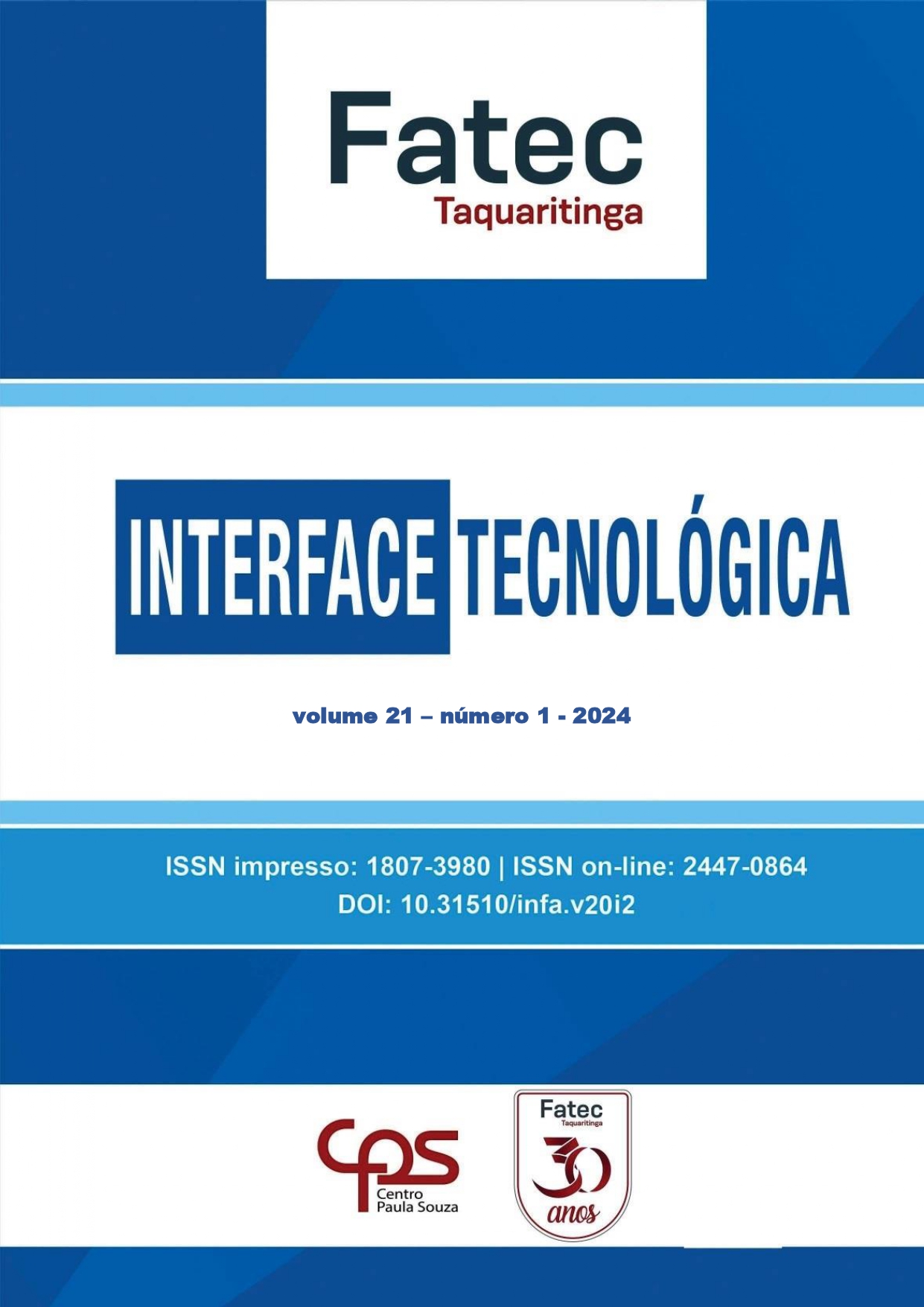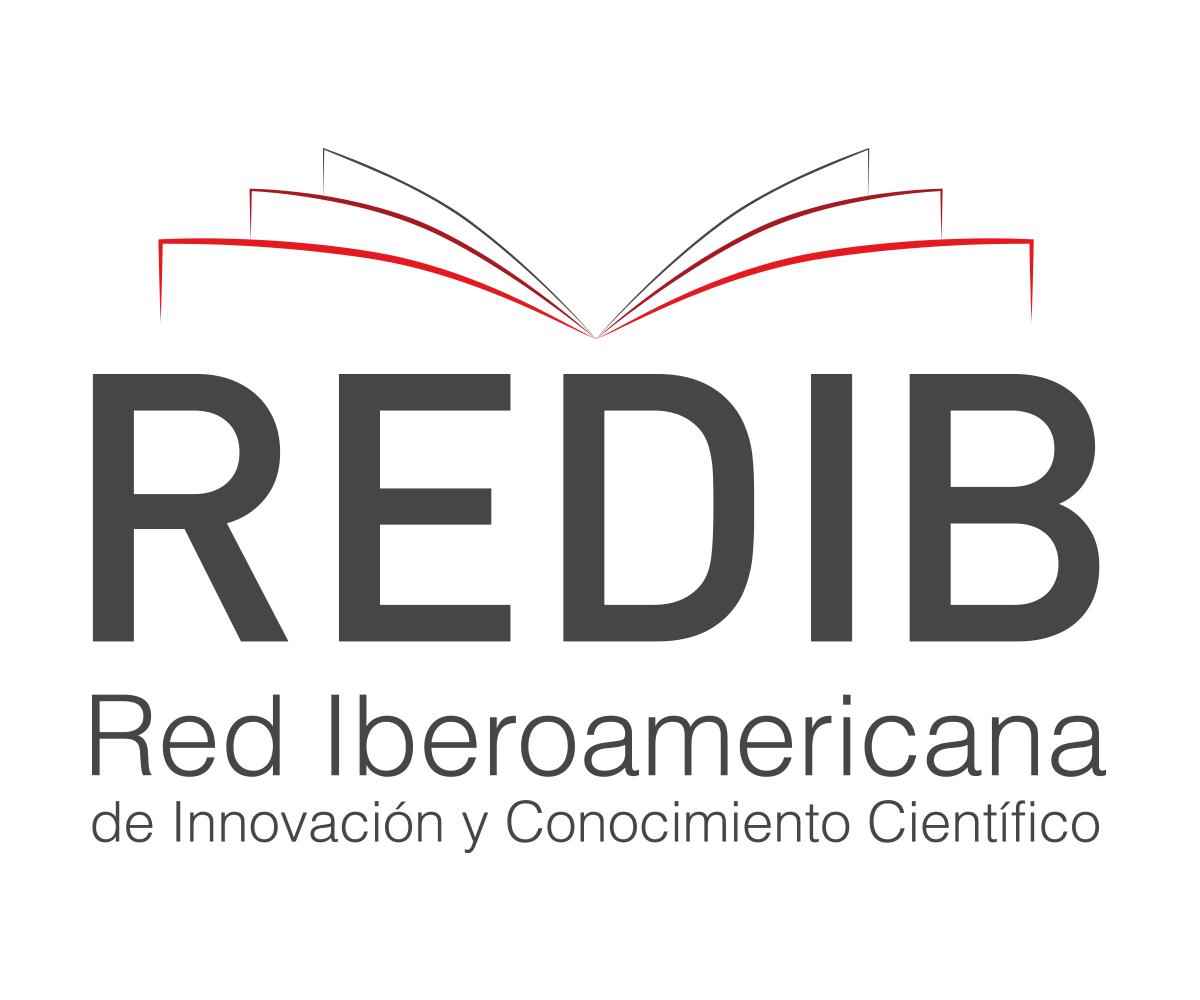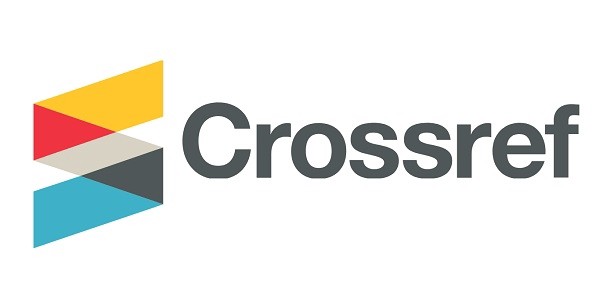Runge-Kutta method and neural networks for numerical approximation of ordinary differential equations
DOI:
https://doi.org/10.31510/infa.v21i1.1965Keywords:
Machine learning, Neural networks, Initial value problem, ApproximationsAbstract
In this work, we present an approach that combines traditional numerical methods for solving differential equations with machine learning techniques, aiming to obtain more efficient approximations of solutions to ordinary differential equations (ODEs). In particular, we propose integrating the Runge-Kutta method to solve initial value problems with neural networks. The Runge-Kutta method is initially employed to generate approximations of the solution in a neighborhood of the initial point. Subsequently, we train a neural network using these points as input data. The results obtained demonstrate that the resulting model performs comparably to the neural network trained solely with points from the real solution. In the comparison with the Runge-Kutta method over the entire interval, using the same number of points, the model performed better. However, we observed that the neural network architecture implemented in the modeling process was not able to outperform the Runge-Kutta method over the entire interval, when we use the same step length for obtaining the points. This result suggests the need for further investigations in the design of the neural network architecture to improve its generalization capability in ODE problems.
Downloads
References
BOYCE, W. E. Equações diferenciais elementares e problemas de valores de contorno. Grupo GEN, 2020.
BURDEN, R. L.; FAIRES, D. J.; BURDEN, A. M. Numerical analysis. Cengage learning, 2015.
BUTCHER, J. C. Numerical methods for ordinary differential equations. John Wiley & Sons, 2016. DOI: https://doi.org/10.1002/9781119121534
CHEN, R.T.Q. et al. Neural ordinary differential equations. Advances in neural information processing systems, v.31, 2018.
HIDA, C.S.; HIDA, G.S. Método de Euler e redes neurais para aproximação numérica de equações diferenciais ordinárias. Interface Tecnológica, v.20, n.12, Dez.2023. DOI: https://doi.org/10.31510/infa.v20i2.1726
MALIK, H. et al. Applications of artificial intelligence techniques in engineering. Sigma 2018, v.2, 2019. DOI: https://doi.org/10.1007/978-981-13-1819-1
MALL, S.; CHAKRAVERTY, S. Application of Legendre Neural network for solving ordinary differential equations. Aplied Soft Computing, v43, June.2016. DOI: https://doi.org/10.1016/j.asoc.2015.10.069
SANTOS, M.K. et al. Inteligência artificial, aprendizado de máquina, diagnóstico auxiliado por computador e radiômica: avanços da imagem rumo à medicina de precisão. Radiologia brasileira, v.52, Dez. 2019. DOI: https://doi.org/10.1590/0100-3984.2019.0049
SOTOMAYOR, J. Lições de equações diferenciais ordinárias. IMPA, 1979.
VIANA, M.; ESPINAR, J. Equações Diferenciais: Uma abordagem de Sistemas Dinâmicos, IMPA. 2021.
Downloads
Published
Issue
Section
License
Copyright (c) 2025 Revista Interface Tecnológica

This work is licensed under a Creative Commons Attribution 4.0 International License.
Os direitos autorais dos artigos publicados pertencem à revista Interface Tecnológica e seguem o padrão Creative Commons (CC BY 4.0), que permite o remixe, adaptação e criação de obras derivadas do original, mesmo para fins comerciais. As novas obras devem conter menção ao(s) autor(es) nos créditos.








.jpg)




1.png)
1.png)
